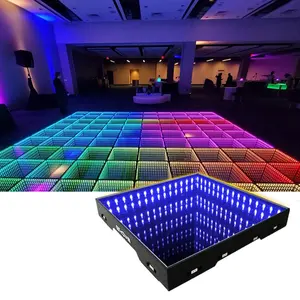Enhancing Creativity Via Shade Concept for LED Movement Floor Layouts
Enhancing Creativity Via Shade Concept for LED Movement Floor Layouts
Blog Article
Hue theory is an important aspect of aesthetics, particularly when it comes to creating LED dancing surfaces. The interaction of colors can greatly affect the atmosphere and vibe of a venue. Through understanding how hues work together, creators can create an environment that enhances the overall experience for dancers. This piece explores the basics of hue theory and its application in light-emitting diode dancing floor layouts.
The main colors are red, blue, and golden. These colors cannot created by blending different hues together. Secondary colors, such as green, orange, and purple, are formed by combining main colors. Tertiary colors are formed by combining a main hue with a intermediate hue. Understanding these basic connections helps creators select colors that complement one another and produce a aesthetically appealing display. Mixing these colors on an LED dance floor can result to vibrant and exciting effects that attract the focus of participants.
Hue value also plays a crucial role in aesthetics. Hues can be classified as hot or cool. Hot colors, such as red, tangerine, and yellow, tend to evoke feelings of excitement and heat. In contrast, chill hues like azure, emerald, and purple often create a calm and tranquil environment. Creators event dance floor rental services can utilize these color values to establish the ambiance for various kinds of occasions. For example, a celebration atmosphere may benefit from warm hues that invigorate the audience, while a more relaxed event might employ cool colors to provide a calming effect.
In addition to color combinations and temperature, brightness and intensity are essential factors to take into account. Luminosity denotes to how bright or dark a hue looks, while saturation indicates the intensity of a hue. Vivid, intense colors can create a lively and lively environment, perfect for dance floors. On the other hand, gentler, lower saturated colors can create a further muted environment. By manipulating luminosity and intensity, designers can draw focus to specific areas of the dancing surface or create sight routes, guiding dancers through the venue.
Finally, it is crucial to consider the click resources emotional effects of color in light-emitting diode dancing floor designs. Various hues can elicit various emotions and reactions. For instance, red is often associated with passion and vitality, while azure can be soothing and peaceful. Grasping these connections allows creators to tactically apply colors to influence the actions of dancers. Through incorporating color principles into light-emitting diode dancing floor layouts, designers can enhance the total encounter, rendering it memorable and enjoyable for all participating.